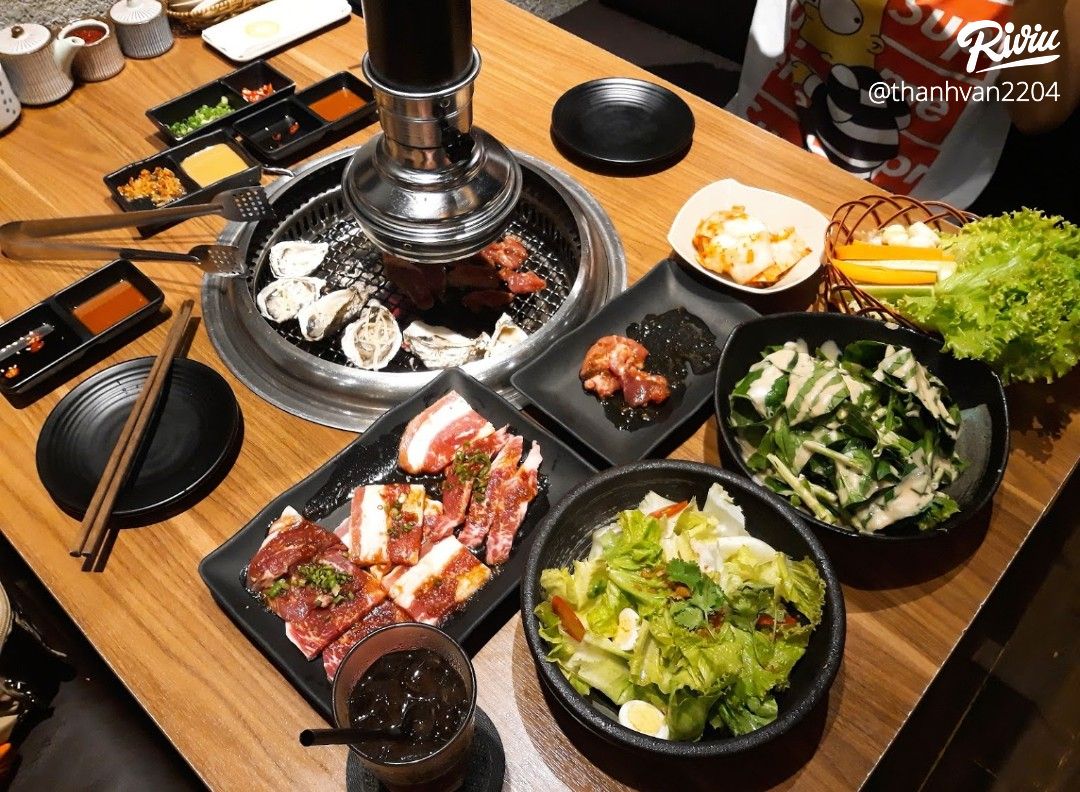No products in the cart.
[Lẩu Nhật Bản: Lịch Sử Và 10 Món Lẩu Phổ Biến] Lẩu Nhật Bản, hay còn được biết đến với cái tên Nabe, là một món ăn truyền thống vô cùng phổ biến và được yêu thích tại Nhật Bản. Với lịch sử lâu đời và đa dạng phong cách, Lẩu Nhật Bản đã trở […]

